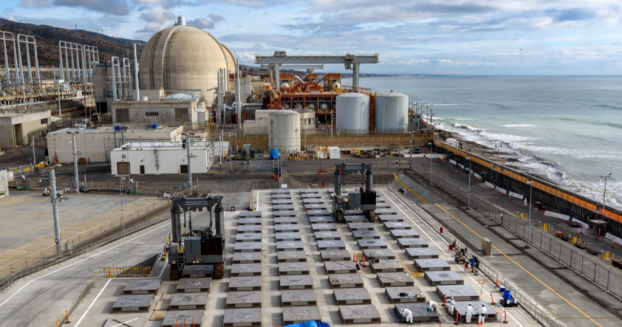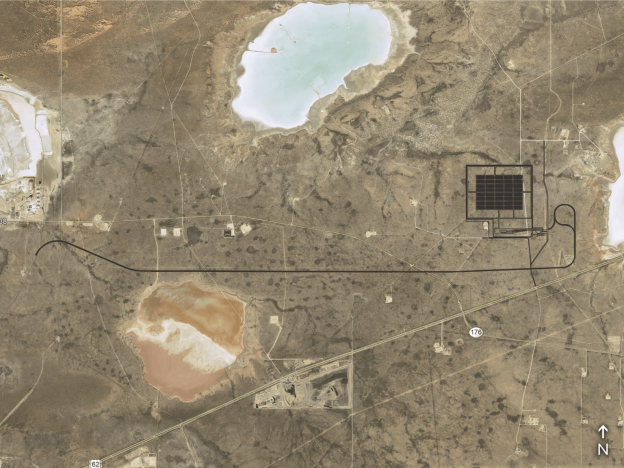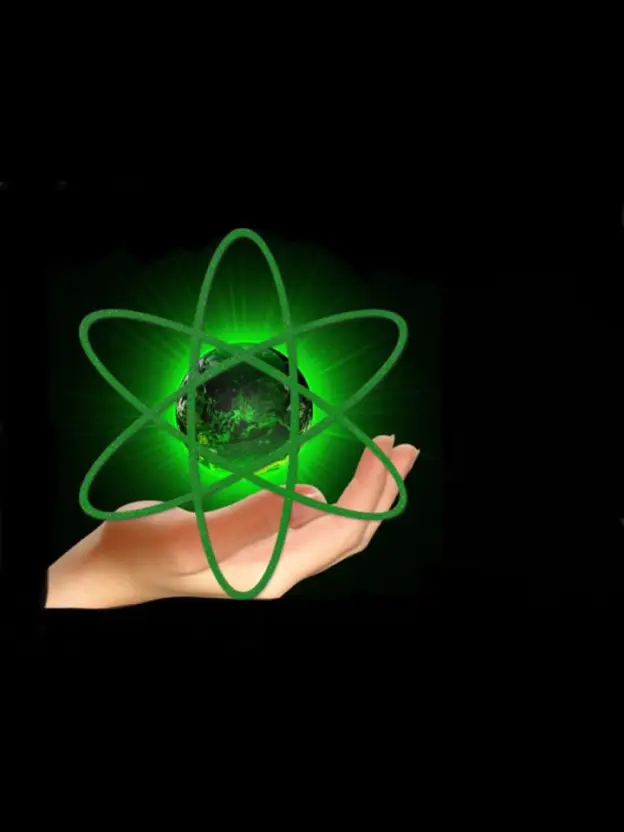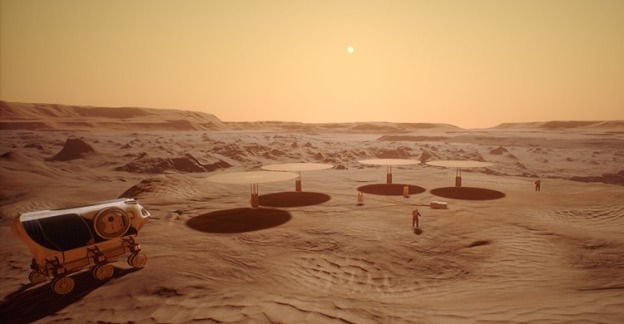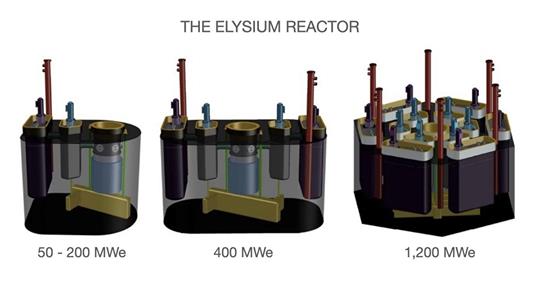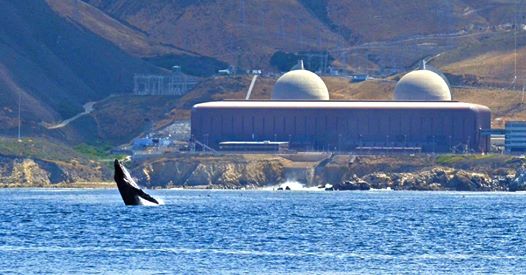Recently I was asked why I advocate for the aggregate storage of spent nuclear fuel and high-level radioactive waste in New Mexico. The bottom line for me is revenue for the State of New Mexico. Sometimes, I am appalled at the decisions our state government makes to encourage new businesses to come to New Mexico. There have been some boondoggles that residents have had to pay for through taxes.
It is not often when a business opportunity comes along that is not demanding a financial break on taxes and fees but will bring new money and good-paying jobs to the state. The HI-STORE Nuclear Fuel Storage Facility proposed project for southeast NM is one of those opportunities. It will bring $billion in capital investments in the state and generate $million in taxes and fees for New Mexico.
New Mexico has always been a leader in nuclear research and development through Los Alamos and Sandia Labs. Three areas of technology are weapons, nuclear reactors, and radioactive waste management (WIPP). LANL and SNL have brought together some intellectual minds to solve the many challenges of all things nuclear. They have provided a substantial part of New Mexico GDP.
The nuclear energy industry is the only energy industry that stores and manages all its unused fuel waste safely. It is the aggregate of spent nuclear fuel that presents another private business opportunity in New Mexico. The proposed HI-STORE will provide a consolidated storage facility with subsurface dry silos completely encapsulated in steel and concrete.
The sealed nuclear fuel canisters will be placed in the subsurface silos for future recycling and reuse in advance molten salt fast reactors (MCSFR). There is a substantial revenue (new money) stream to be made for the surrounding communities and the state from the construction and maintenance of this nuclear fuel storage facility. This stored nuclear fuel revenue stream could last for centuries if the politicians and environmentalists don’t get in the way.
HI-STORE could provide the nuclear fuel inventory for the 21st century and beyond, for the next era of reactors; molten chloride salt fast reactors (MCSFR). These newer reactors could consume all of the unused nuclear fuel stored at HI-STORE over the next 400 years at today’s capacity of 20% clean electricity for the US national grids before any new uranium extractions would be needed. When you include all the stored depleted uranium, that same electrical capacity could last 4,000 years.
If we build thousands of MCSFR around the entire world, we would still not have to be concerned with running out of nuclear fuel. Watch this video to see how this would happen:
Will we run out of uranium and thorium? We did the math: – YouTube

